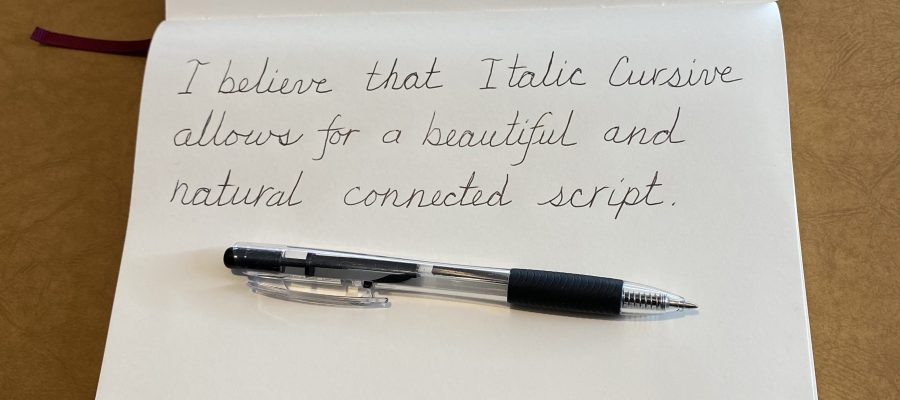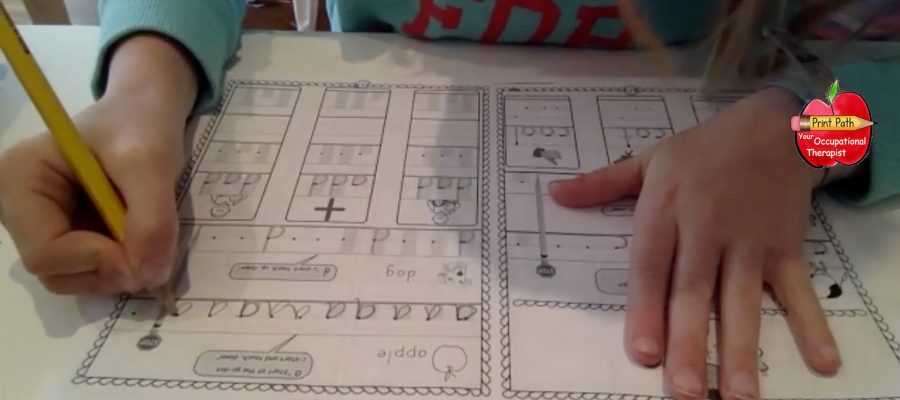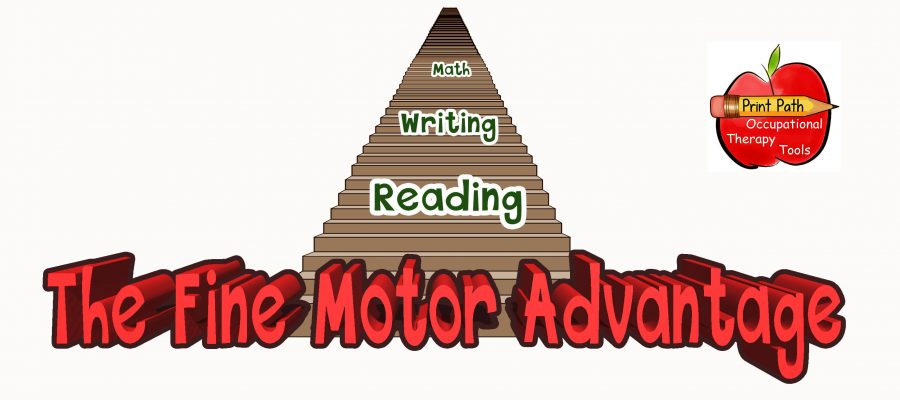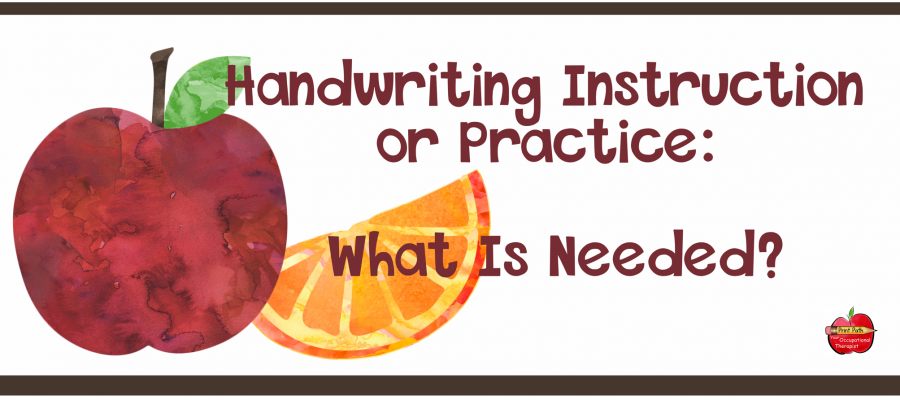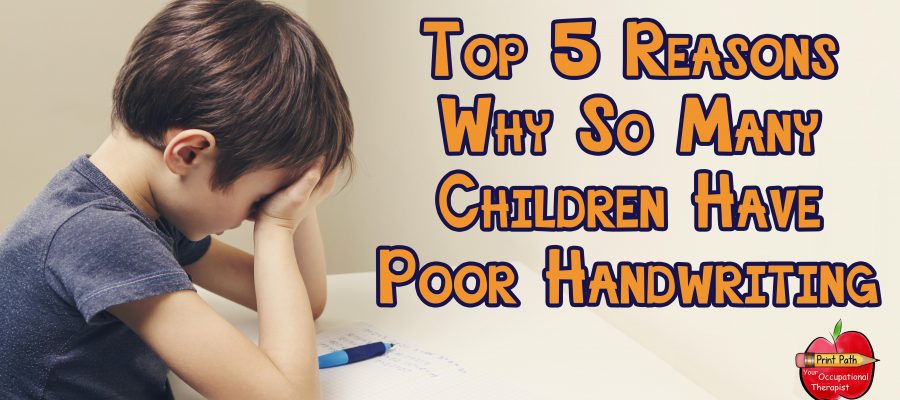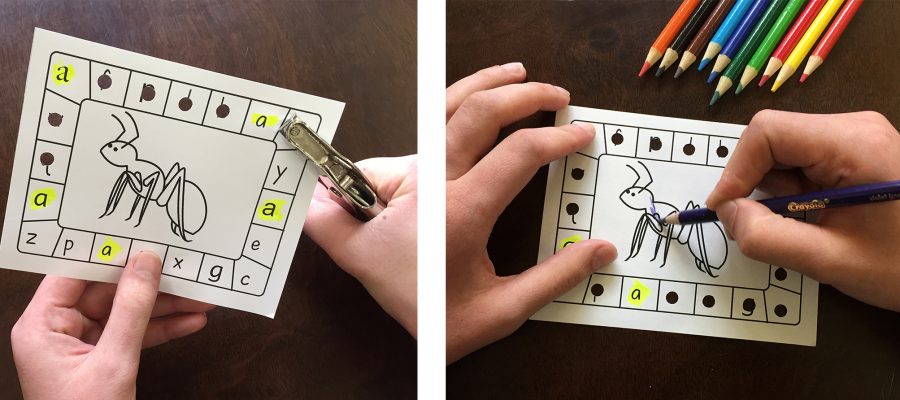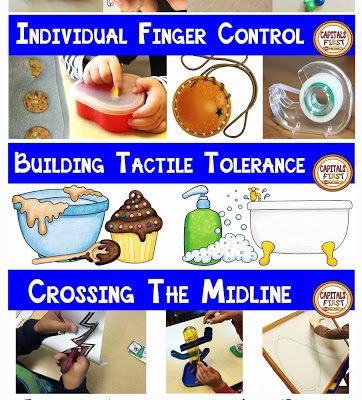In the diverse classroom landscape, teachers encounter students with various needs and preferences, including the unique challenges left-handed students face when it comes to learning handwriting. While most instructional materials cater to right-handed individuals, educators must adapt their approach to accommodate left-handed learners effectively. This blog post will explore some essential considerations and strategies for teaching handwriting to left-handed students.


